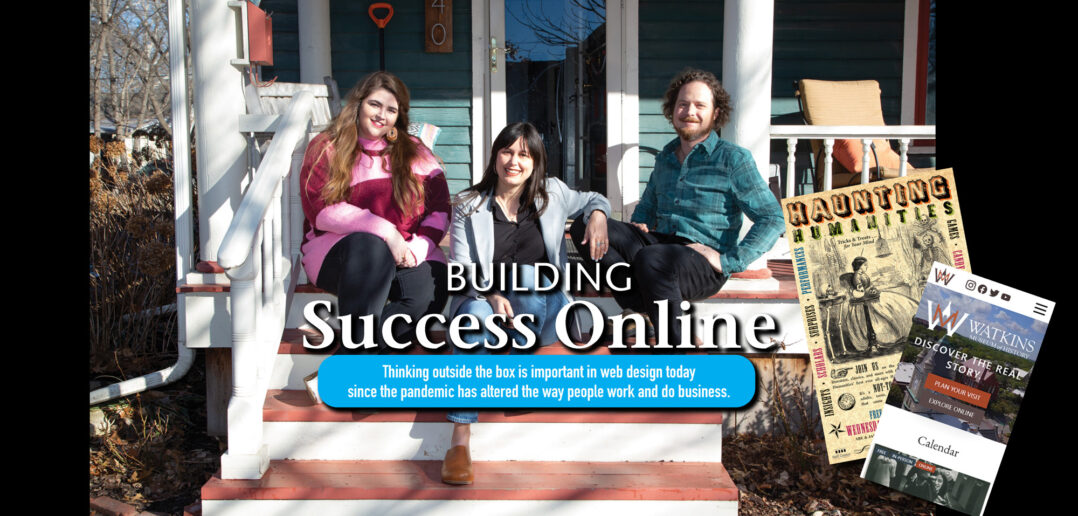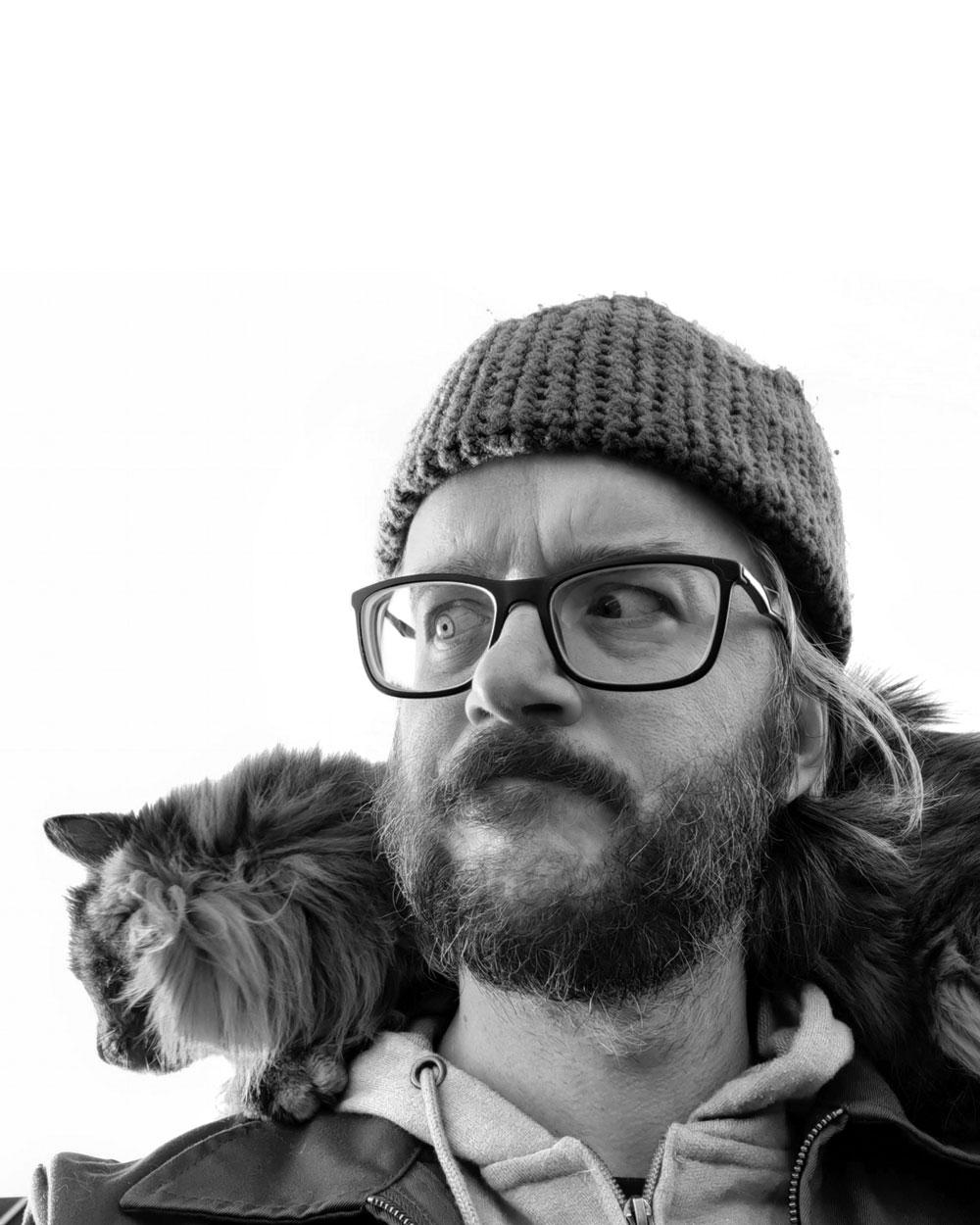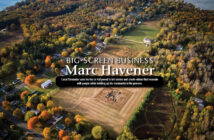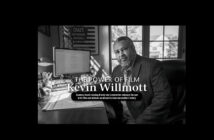| story by | |
| photo by | Steven Hertzog |
| OPEN A PDF OF THE ARTICLE |
Thinking outside the box is important in web design today since the pandemic has altered the way people work and do business.
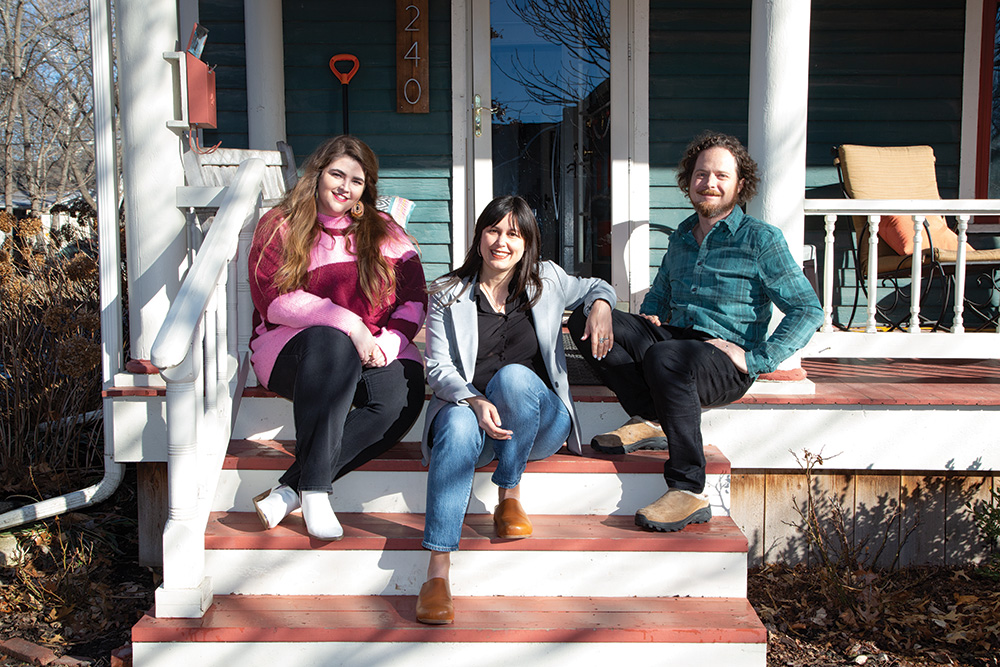
The Coneflower team of Kathryn Clark, CEO & Founder Sarah Bishop, and Jeremy Mullis Right: Websites created by Coneflower
The world of web design is much different now than it was when the World Wide Web was the only access point for the information superhighway. With social media platforms accounting for a full 19% of all internet traffic as opposed the ’web’s 13%, according to a September 2021 Visual Capitalist article, it’s almost inaccurate to describe it as “web” design.
Much of the work being done by local firms sees as many workers in graphic design and communications as are in coding for an organization or business’ website. Part of this is due to social media, but another reason there’s a need for expanded skills sets comes as a result of the COVID pandemic, which saw many organizations rapidly shift from in-person activities to online.
“We had a number of clients that were trying to take some of their public programming and turn it virtual during the pandemic,” says Sarah Bishop, CEO and founder of Coneflower Consulting. One example of this is the firm’s work with Humanities Kansas, an independent nonprofit dedicated to “programming, grants and partnerships that share stories to spark conversations” through grants and support for community resources.
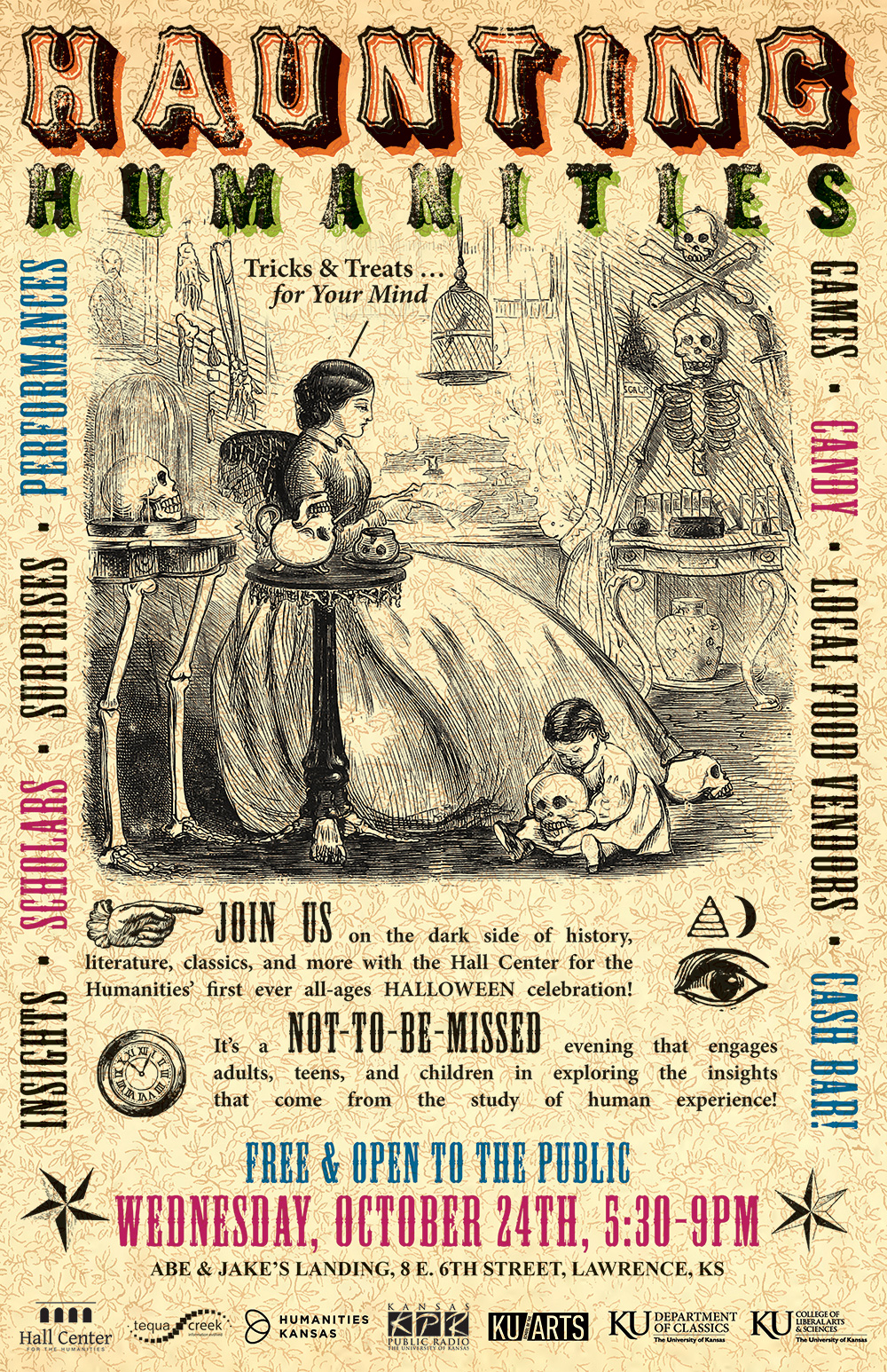
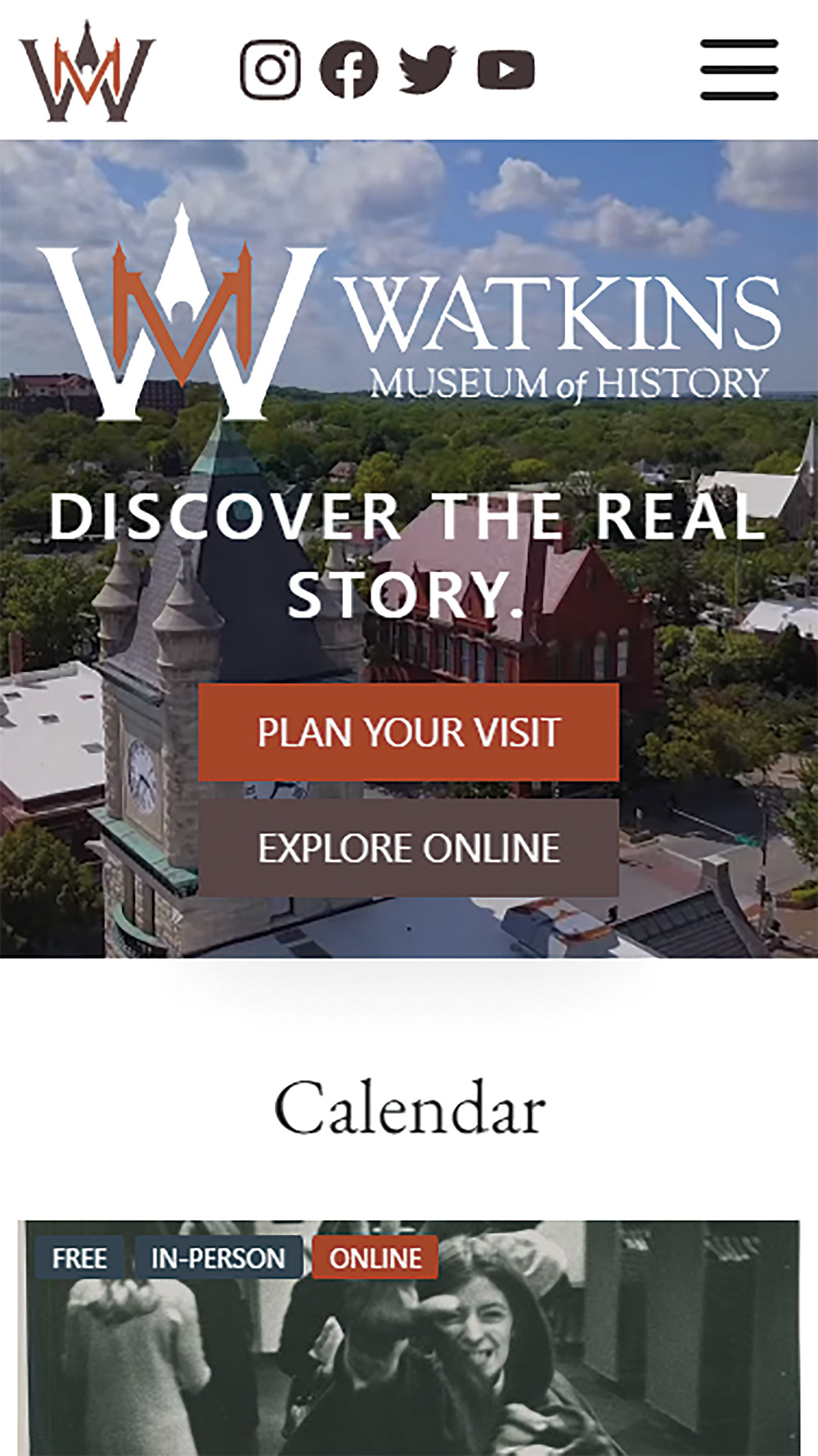 Websites created by Coneflower
Websites created by Coneflower
“They were really looking for ways to take some of their in-person programming during the pandemic and make it something that was accessible to folks,” Bishop continues. “One thing that we created for them early on was a project that we called the ‘Humanities Hotline.’ ”
Every month, the Humanities Hotline would feature four different humanities scholars,“whether those were academics working at universities or public scholars who worked in museums, or were just doing independent scholarship on a variety of different humanities topics usually related to Kansas.” They would be recorded telling a one- to two-minute story, which would then be made available via hotline platform Teleo for people to call in and get different human stories every month for free.
“It was really fun,” Bishop recalls. “It was just a great way for people who maybe were quarantining but also weren’t very digitally connected or digitally literate to be able to still access some of that humanities programming.”
Lateral Thinking
Setting up a hotline might be something a little further outside the scope of most web design firms, but it seems as though everyone who runs one is willing to step outside the box in order to help clients achieve their goals. For Jacinta Langford Hoyt, CEO of LangfordMedia, her motivation to add to her skills set has come about because of curiosity, as well as wanting to make her clients happy.
“I think I just genuinely enjoy the (learning process),” Hoyt explains. “At the time that I started doing this, the online world was just blowing up. Online marketing really took off.”
Just prior to founding LangfordMedia in 2009, Hoyt worked for a company that followed the usual rules of promotion, wherein the first letter of their business was ‘A,’ and in the phone book, that was the first thing that came up.
Since then, she says, it’s grown from Google ads to being on Facebook to having a presence on Instagram, TikTok and whatever might happen next. “That was all exciting to me to keep up with: ‘There’s new stuff. Let’s check it out. Let’s make a statement on this platform and try to get something viral going.’ ”
LOCAL MATTERS
Our Local Advertisers – Making a Positive Impact
Before new initiatives or growing a presence, however, the process starts with a simple question, creative consultant Ashley McCaskill says.
“The very first step is, I just like to talk to people and just get their first impressions of what their needs are,” she explains. From there, she’ll refer to the extensive brand workbook she’s put together and begin asking follow-up questions, such as, “Do you have a brand now,” and “What’s lacking in it? Are there parts of your audience you feel like you’re really not reaching? Why do you think that is?”
The biggest part of any design project, they all agree, is shifting the client mentality from viewing their business or organization from the inside to thinking about it from the outside—how others see it.
McCaskill says this can be tricky for local businesses and nonprofits because, “Local businesses are run by our neighbors. When you start a business, it’s a huge part of you, and so it’s really hard to step outside of it and think about it from an outside perspective.”
The same goes for nonprofits, she explains, because everyone who works there is so passionate about the organization and so deeply entrenched in it, that taking a minute to think about it from a reversed perspective can be challenging for those within that organization. .
“A lot of it is, ‘Let’s figure out who we’re really trying to reach, and let’s really get in the mindset of what do they need and what is going to say the right things to them,’ ” McCaskill says.
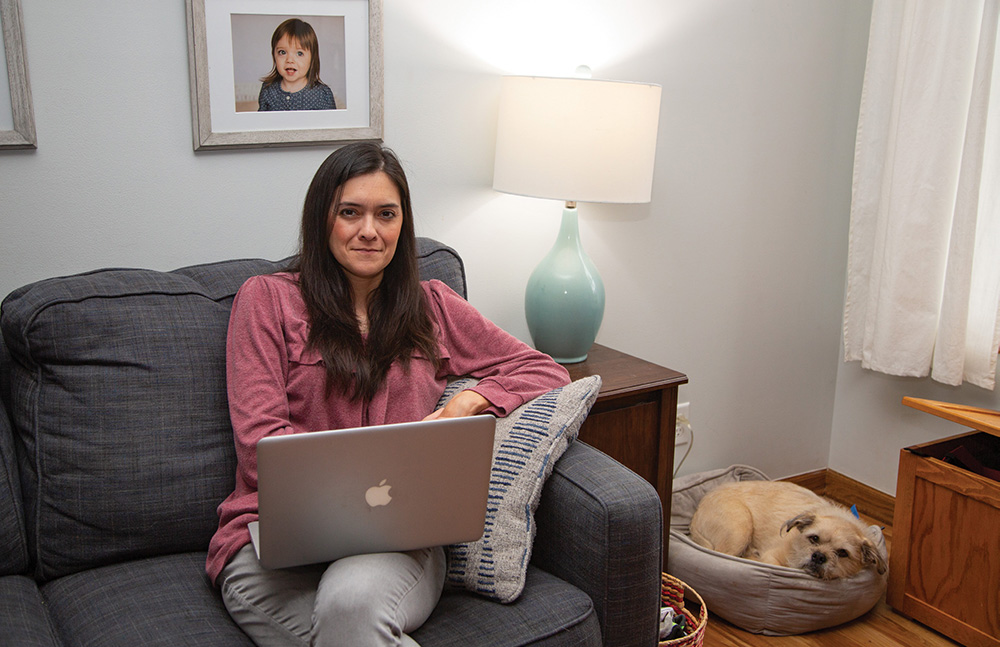
Jacinta Langford Hoyt, CEO of Langford Media
A Unique Presence
What a lot of folks need is, in fact, a website, says Jeremy Mullis, Coneflower’s director of web and graphic design. Despite the appeal of many social media platforms and the ease of use for both the people creating posts and those looking at them, it’s hard to know which platform will be here today and gone tomorrow. No designer wants his or her client to invest in designing a really superlative Facebook page only for it to become as relevant as MySpace is now within a short time.
“If a website is set up well, it’s the piece of your web presence that you, as an organization, really do own and control,” Mullis explains. “More and more, social media is playing a bigger role in terms of timely updates and feeding people into that.”
However, he adds, if you think about those platforms, one can’t know from one year to the next what will happen to any one of them, and no one owns anything that is on those platforms. He believes part of the importance of having a website is presenting a presence that is uniquely yours.
“It can have your branding and serve as a more evergreen landing page for, ‘This is who we are and what we do,’ ” Mullis offers as the end goal. “And depending on your specific organization, it may do any number of other things, but I think that’s the core functionality everyone basically needs, regardless of how big their organization is.”
Langford agrees.
“There was one point, there was this thing called Foursquare,” Langford explains of the social check-in app of the early 2000s. “Businesses were caring about Foursquare, which I don’t even think that’s even around anymore. It’s just constantly changing.”
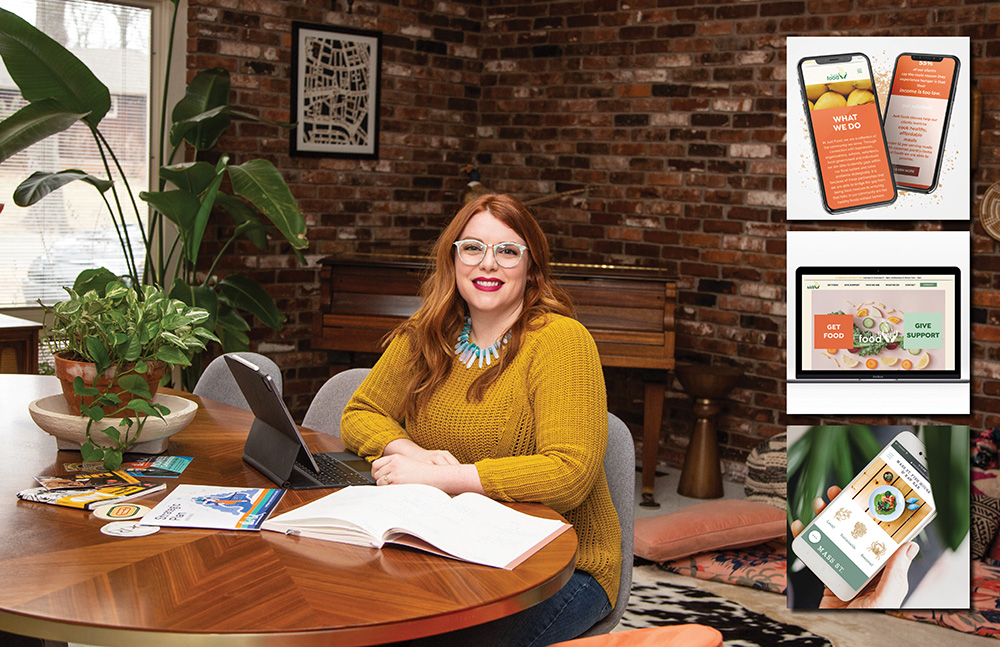
Creative Consultant Ashley McCaskill with some of her website work
A Clear Message
For nonprofits, with whom Coneflower Consulting, LangfordMedia and McCaskill all work, setting up a website can mean more work in terms of getting their message across. The website for a restaurant, however, would need a menu, a look at the dining area and an explanation of the cuisine, more design-focused and artistic than communicative.
Bishop describes a nonprofit’s website as the place where the organization controls its identity and can share it with others, where it can share its mission and explain its purpose to the public in a clear way—something like “a calling card,” she says.
It can be difficult to make this all work, the designers agree, because what they’re ultimately trying to do is craft something that is attractive and communicative, but will ultimately be maintained by someone else. These sites have to be built so they are easy and accessible, and won’t cause huge problems if the client tries to do something such as adding a new event.
“All nonprofits need twice as much money and twice as many people,” McCaskill emphasizes. “It’s always like, ‘We are doing the best we can with what we’ve got.’ ”
It can be tricky to figure out how to condense so much information and so many services into something that feels navigable, while also appealing to the clients you’re trying to help and who want to give you money. To that end, scalability becomes a big part of what these web-design folks do.
“It’s superimportant, especially for a lot of nonprofits like Just Food,” McCaskill explains. “I’m working on the Bert Nash (Community Mental Health Center) website right now. They both have a lot of clients that don’t have computers, and all they have is a phone to be able to access you. So you want to make sure that that is going to work no matter what device you’re on so that they can get what they need.”
In the end, accessibility is what it’s all about, Coneflower’s Mullis says.
“We redid the Watkins (Museum of History) website last year,” he continues. “Obviously, they know what they’re about, but they also do a ton of things, and it becomes a question more of, ‘What do you want to focus on? What is the most important information to be putting up fron? What are you going give that real estate to?’ ” .
If someone’s going to the Watkins Museum website, what are they looking for? It’s important that that’s identified first so a web designer can make sure it’s really easy to find. While it may be important for more obscure things to be available, as well, people may have to dig for those a little more. The content that’s most important is a hard decision to make and may change over time.
“I think the pandemic is a good example for the Watkins,” Bishop says. “Before the pandemic, they were very much about bringing people into the space, showing the in-person exhibits and doing programming in the space. After the pandemic, Jeremy helped create a website that really shows off digital exhibits. They’re realizing that they need to be able to reach an audience that can’t always come and be in the space with them.”
The programming changes as people and the world evolve, Mullis concludes: “When you’re doing websites, inevitably, there are things you didn’t think about when you first set them up.”

